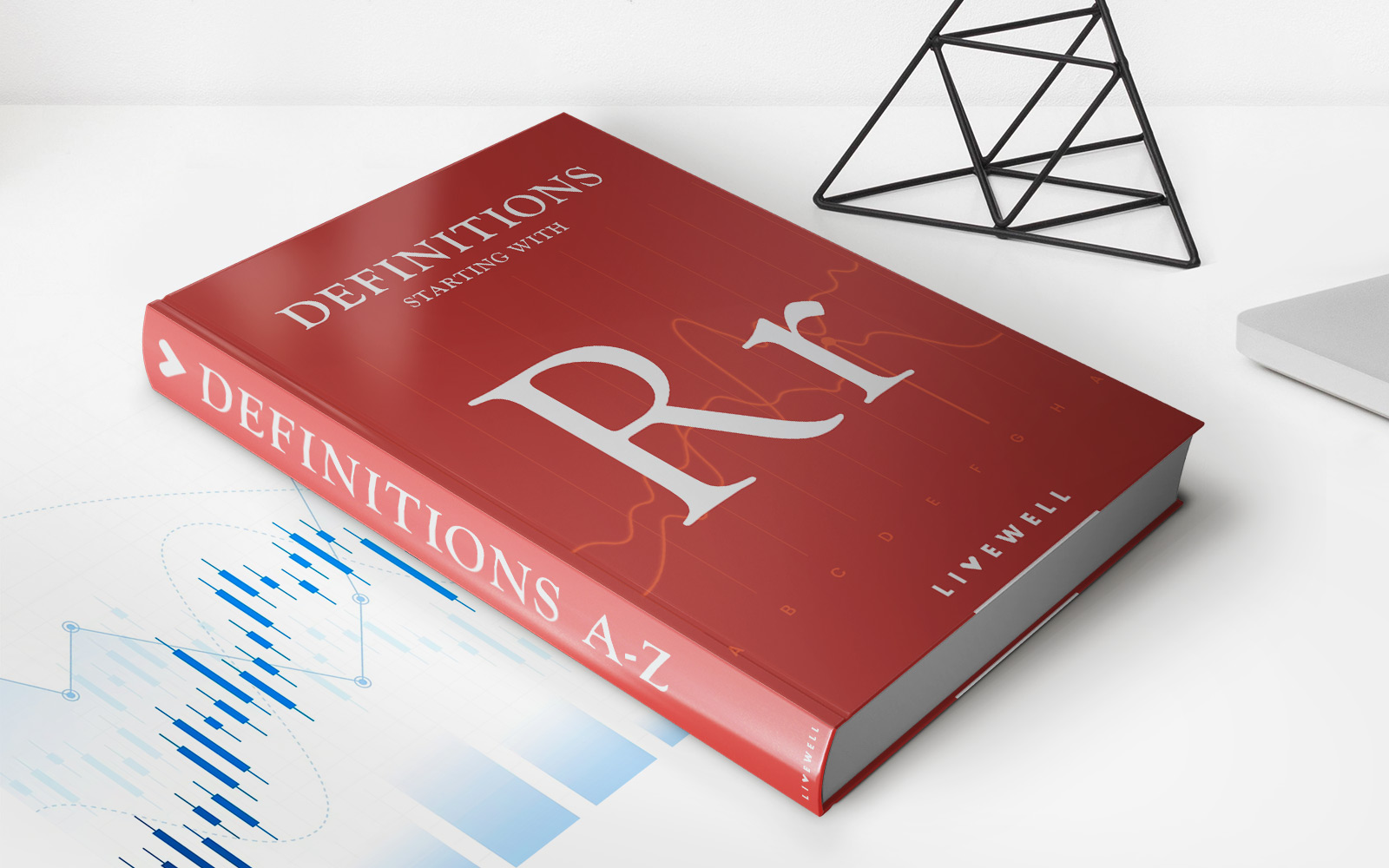Home>Finance>Oil Reserves: Definition, Calculation, Statistics, And Examples


Finance
Oil Reserves: Definition, Calculation, Statistics, And Examples
Published: January 2, 2024
Learn about oil reserves in finance, including the definition, calculation methods, statistical analysis, and real-life examples. Gain valuable insights into the financial aspect of oil reserves.
(Many of the links in this article redirect to a specific reviewed product. Your purchase of these products through affiliate links helps to generate commission for LiveWell, at no extra cost. Learn more)
Understanding Oil Reserves: Definition, Calculation, Statistics, and Examples
Oil reserves are the estimated quantities of crude oil that can be recovered commercially in a given area or reservoir using existing technology. These reserves play a significant role in global energy markets and are crucial for countries heavily dependent on oil production. In this article, we will delve into the intricacies of oil reserves, including how they are defined, calculated, and the importance of statistical data. Let’s explore this fascinating subject further.
Key Takeaways:
- Oil reserves refer to estimated quantities of commercially recoverable crude oil.
- Calculating oil reserves involves advanced techniques and statistical analysis.
1. Definition of Oil Reserves:
Oil reserves are determined by geologists and engineers in collaboration with petroleum companies and governmental bodies. These professionals use various data sources and exploration techniques to estimate the quantity of oil that can be extracted from a particular reservoir with current technology and economic viability. It is important to note that oil reserves are constantly changing due to new discoveries, technological advancements, and shifts in market conditions.
2. Calculation of Oil Reserves:
The calculation of oil reserves involves multiple factors and considerations. Some of the key factors include:
- Geological data: Geologists analyze seismic surveys, well logs, and rock samples to determine the size and characteristics of the reservoir.
- Reservoir pressure: Engineers study the pressure within the reservoir to assess the ease of oil extraction.
- Recovery techniques: The choice of recovery methods, such as primary, secondary, or tertiary techniques, impacts the estimated amount of recoverable oil.
- Economic viability: The cost of extraction, prevailing oil prices, and market demand are crucial factors in determining the commercial viability of extracting oil from a particular reservoir.
3. Statistics on Oil Reserves:
Statistics on oil reserves play a vital role in measuring a country’s energy potential and assessing its influence on global markets. Organizations like the Organization of the Petroleum Exporting Countries (OPEC) and the International Energy Agency (IEA) compile and publish data on oil reserves worldwide. These statistics help governments, industry professionals, and investors make informed decisions related to energy production, consumption, and investment opportunities.
4. Examples of Oil Reserves:
Oil reserves are found in various regions worldwide. Some notable examples of countries with significant oil reserves include:
- Saudi Arabia: The Kingdom of Saudi Arabia possesses substantial oil reserves, making it one of the world’s largest oil producers.
- Venezuela: Venezuela is known for having vast oil reserves, mostly located in the Orinoco Belt.
- Russia: Russia boasts significant oil reserves, particularly in regions like Western Siberia.
- United States: The United States also has substantial oil reserves, including those found in the Permian Basin and the Eagle Ford formation.
In conclusion, oil reserves are of paramount importance in the global energy landscape. Understanding the definition, calculation methods, and statistical data associated with oil reserves is crucial for governments, industry professionals, and investors alike. By analyzing these reserves, we can gain insights into energy production, consumption, and economic trends.














